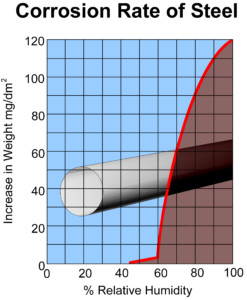Thunda Down Under
Member
G'day.
There is an old thread on pre oilers here but l can't find it.
I've been looking for info on lnfinity aerospace pre oiler but can't log onto their web site to ask about it.
Is there anyone here that has fitted one?
I have an RV4 built 1990 io-320 160 hp light speed ignition and Bendix mag.
Because l can't fly much through winter l have to pickle it for up to four months each year as my strip is too wet.
I'd like to hear from anyone who has fitted a per oiler on an RV4 to stop corrosion and for pre start oiling.
There are some other changes I'd also like to make, like a P Mag to run with the Light speed ignition, but the way the US/AU dollar is that's not likely to happen unless there is a good used one around.
I just replaced my old tail wheel with a light weight one from Blake at Fly Boy, $800 AU dollars but worth it.
Thanks in advance to any reply's.
There is an old thread on pre oilers here but l can't find it.
I've been looking for info on lnfinity aerospace pre oiler but can't log onto their web site to ask about it.
Is there anyone here that has fitted one?
I have an RV4 built 1990 io-320 160 hp light speed ignition and Bendix mag.
Because l can't fly much through winter l have to pickle it for up to four months each year as my strip is too wet.
I'd like to hear from anyone who has fitted a per oiler on an RV4 to stop corrosion and for pre start oiling.
There are some other changes I'd also like to make, like a P Mag to run with the Light speed ignition, but the way the US/AU dollar is that's not likely to happen unless there is a good used one around.
I just replaced my old tail wheel with a light weight one from Blake at Fly Boy, $800 AU dollars but worth it.
Thanks in advance to any reply's.
Last edited:





